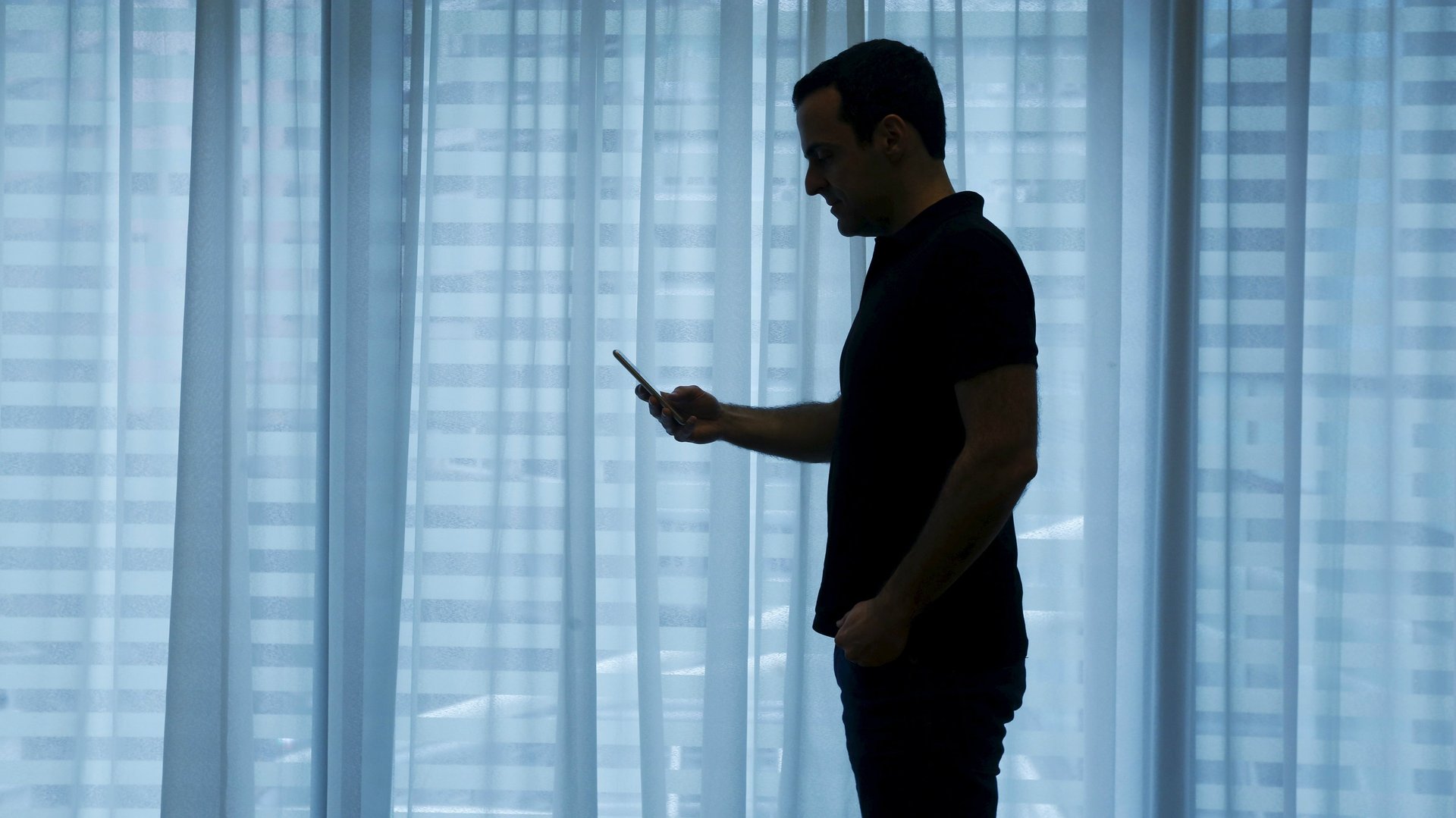These statistics show why it’s so hard to be an average man on dating apps
Dating apps are tough on the middle-of-the-road guy. If you are not one of the most desirable men on the app, you probably are not getting much attention.


Dating apps are tough on the middle-of-the-road guy. If you are not one of the most desirable men on the app, you probably are not getting much attention.
Aviv Goldgeier, an engineer for the dating website Hinge, recently analyzed the share of “likes” on Hinge that went to the most-liked people of each gender. He found that inequality on dating apps is stark, and that it was significantly worse for men. The top 1% of guys get more than 16% of all likes on the app, compared to just over 11% for the top 1% of women. (Unlike swipe-based Tinder, Hinge is based on a system of “liking” some particular aspect of a person’s profile.)
The reason for this gender disparity is probably not that women are more appearance-focused than men. The most likely explanation is that women, who are generally less likely to initiate contact, have a higher threshold when they do so. For many women, though certainly not all, if they are going to break with gender norms, it is only going to be for a really attractive guy.
In order to put this dating-app inequality in context, Goldgeier—inspired by an ingenious Medium post about the socioeconomic prospects for men on Tinder—considered how it compared to financial inequality across the world. One of the most common measure of income inequality is the Gini coefficient. A good technical explanation of the Gini can be found here, but the important thing to know is that the Gini is measured on a 0-1 scale, with zero being a perfectly equal society and 1 being completely unequal.
The economy for male likes on Hinge has a Gini of 0.73, almost the exact same as the wealth inequality of Germany (pdf). The Gini for females on Hinge is 0.63, closer the more economically equal Netherlands. Still, though dating-app inequality may be extreme, the chart below shows it has nothing on the distribution of wealth in America.